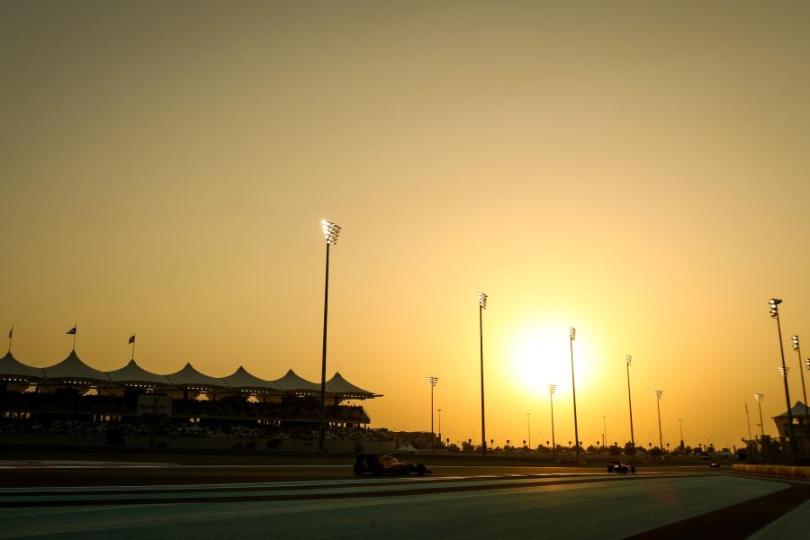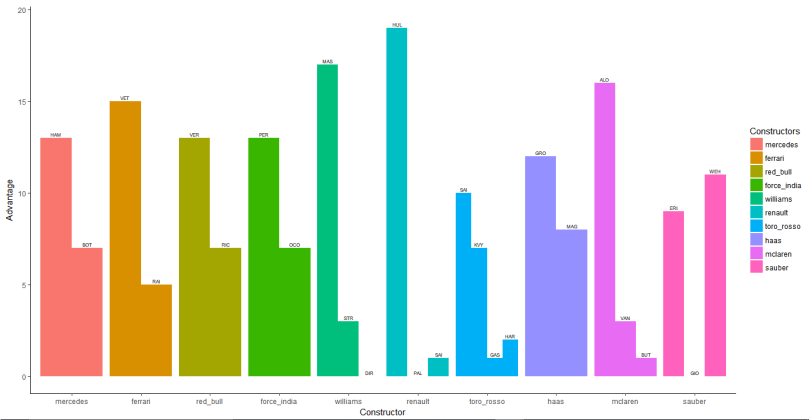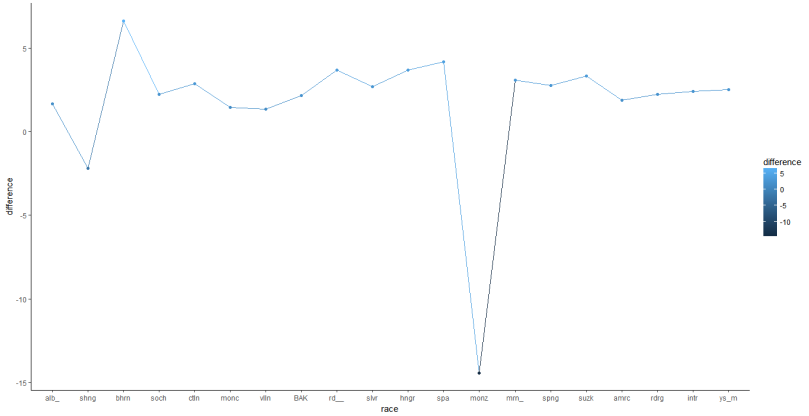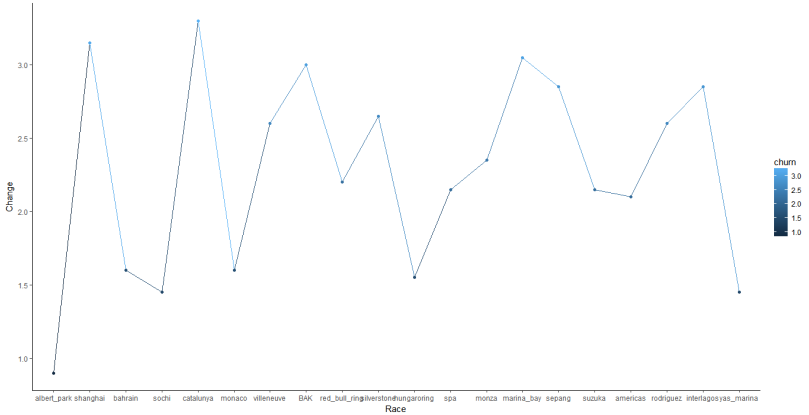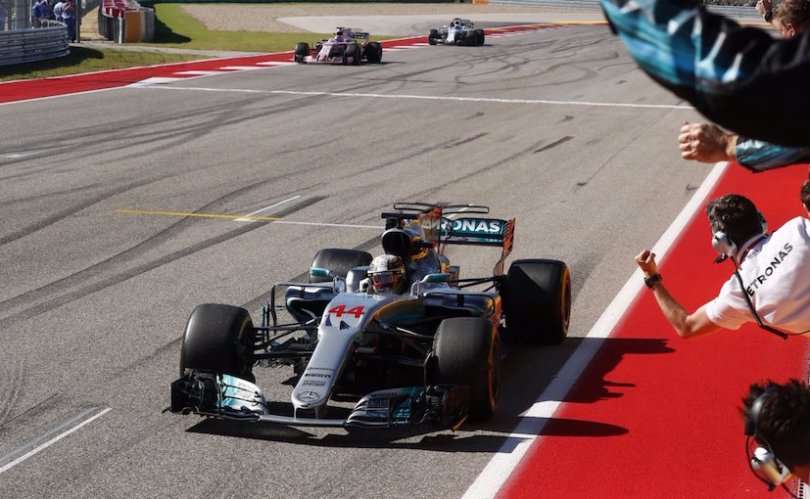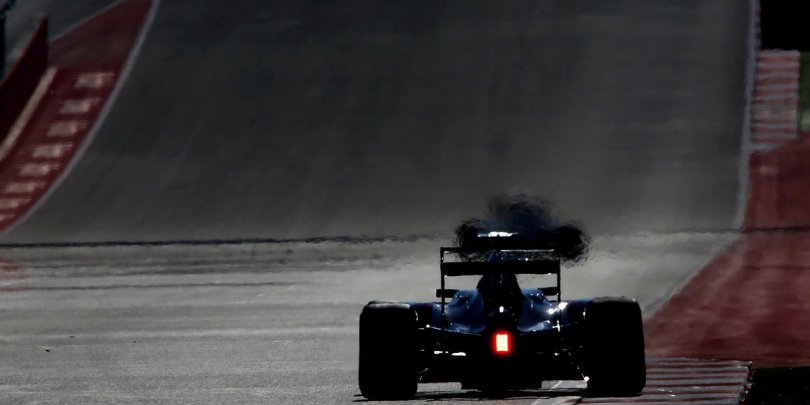There was pessimism around the F1 community regarding how F1 racing in 2018 would pan out. The halo was introduced, which makes the cars look ugly. Pre-season testing arrived, and once it ended it was certain that Mercedes had consolidated their dominant position at the top of F1. They completed almost all of their running on the medium tyres. In contrast with Ferrari and Red Bull, who focused on pace and set eye catching lap times. However, they lagged behind in total number of laps completed.
And so it was confirmed, Lewis Hamilton took a dominant pole position in Australia with a pole lap that was more than 0.5 seconds quicker than Ferrari’s Kimi Raikkonen. Hamilton dominated the race until a lucky safety car break for Vettel allowed him to jump Hamilton, and run away with the race win. It was termed as a lucky win for Ferrari, and seconded by Vettel who claimed that Ferrari needed to put in more work to truly compete with Mercedes.
Two weeks later, the circus moved to Bahrain, and the weekend was dominated by the Ferraris. Vettel took pole, and fought hard to win his second race of 2018, fending off Mercedes all by himself. A strategy bluff by Mercedes put both their drivers on the medium tyres while Ferrari put both their drivers on the softs. It would become a race of who managed their tyres better. In an attempt to keep off the rampaging Mercedes of Lewis Hamilton who had started back in 8th place, Ferrari pitted Kimi to fit in the super soft tyres but the move backfired as the mechanics botched the pit stop, possibly because of a faulty wheel gun and Kimi had to retire. The race came alive in the later stages with Bottas closing in on Vettel rapidly, because the German’s tyres were wearing off fast. However, he managed to see off the challenge and took the chequered flag. It was also a very strong weekend for Toro Rosso, as Pierre Gasly finished 4th – the best ever finish for a Honda engine since its return in 2015.
At the Chinese GP, it was expected that Red Bull would be in the fight for race victory as well. They had missed out in the previous two races with double retirements in Bahrain, and both Ricciardo and Verstappen having a tough time in Australia. However, Hamilton dominated the first practice session but the next two sessions were dominated by Ferrari. Vettel took pole from Raikkonen by 0.087 seconds. Mercedes were 0.5 seconds adrift, and the reason for that was that the W09 took a long time to warm up its tyres. Vettel was comfortably leading the race, until Ferrari’s pit strategists were caught napping and were too late to react to Mercedes. Bottas jumped Vettel in the pit stops and led the race while Red Bull did an amazing job of stacking up both their drivers in the pits. Later, a safety car was triggered when the Toro Rosso drivers collided with each other. This prompted a masterstroke from Red Bull when they again double stacked their drivers and fitted soft tyres. The race was starting to come alive. Red Bull would be difficult to hold off with both Ferrari and Mercedes on the mediums. Both Ricciardo and Verstappen started closing the gap to the leaders and were soon on the back of Hamilton. Verstappen botched the move trying to go around the outside and ended up in the grass, while Ricciardo pulled off a super move going into the hairpin. It was a Daniel special, the kind in which he comes from a long way back, goes as late into the brakes as possible and still comes out ahead. With that, he started going after Vettel and passed him at the very same spot.
Verstappen, meanwhile, managed to dispatch Hamilton but then he was punished for his impatience when he collided with Vettel while trying to overtake him at the hairpin. Verstappen was given a time penalty while Vettel dropped down the order to 8th place. With Ricciardo going at such searing pace, it was a given fact that he would pass Bottas but no one expected the move to be that dangerous. He managed to squeeze through and raced away to take a 6th career win. Bottas was 2nd and Kimi 3rd. Hamilton was 4th, Verstappen was 5th, while Vettel was 8th. Toro Rosso had a slump in form with a double retirement, while Alonso scored points for the third successive time this year. Fitting the Renault engine hasn’t quite given McLaren the boost they were hoping for. However, the team’s technical chief, Eric Boullier has claimed that the ‘real’ 2018 car will debut in Spain. McLaren may be on par with Renault now, but with their claims of having the best chassis, they should have been competing with Red Bull.
While it may have been a disappointing day for a Ferrari fan like me, I was happy to see Ricciardo on the top step, and happy to see such racing which we have longed to see for a long time. While there may still be a need to overhaul the current regulations, the past two races in Bahrain and China signaled an arrival of the F1 of old.
The next race is in Baku, which Ricciardo won last year. It will be intriguing to see how Mercedes and Ferrari battle in the land of fire. The circuit is a combination of long straights, some really tight corners and some fast and flowing turns. It is a treat to watch.
(Image source: Google)







